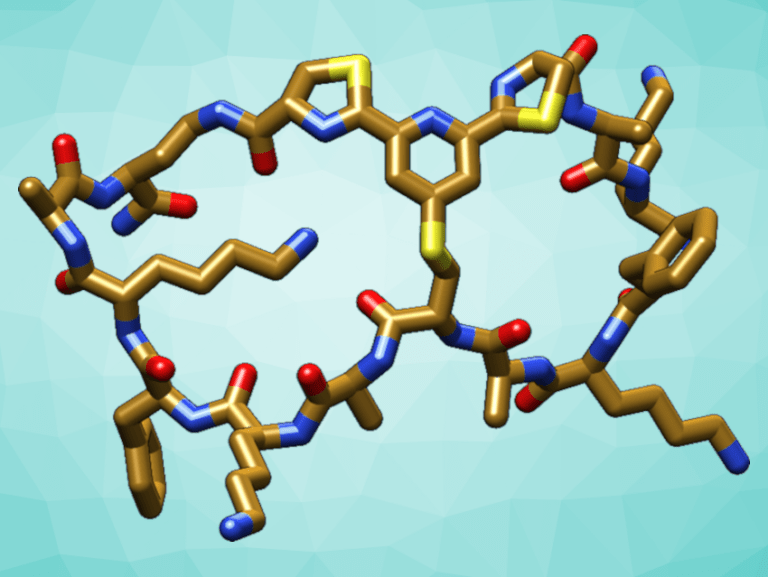Carbs in the Crosshairs – The Atkins Diet Revolution and Its Resurgence in Athletic Performance
Why the Atkins Diet Gained Popularity Immediate Results and Real-Life…
Why the Atkins Diet Gained Popularity
Immediate Results and Real-Life Freedom
One of the major reasons the Atkins Diet captured public attention was its promise of rapid weight loss. Many dieters reported significant drops in weight during the Induction Phase, which provided immediate gratification and reinforced their commitment. In a world where slow and steady progress often leads to discouragement, those early wins were a big motivator.
Another appealing aspect was the liberation from the “forbidden foods” taboo. With Atkins, you can still enjoy delicious, satisfying foods like meats, cheeses, and eggs. This sense of culinary freedom—being able to eat hearty meals without guilt—struck a chord with many who were tired of the bland, calorie-counting diets of the past.
The Science Behind the Approach
At its core, the Atkins Diet taps into a natural metabolic process. By reducing carbohydrates, your body is forced to use fat for energy. This not only promotes weight loss but can also lead to more stable blood sugar levels and improved energy throughout the day. These scientific underpinnings have helped the diet maintain its appeal even decades after its introduction.
Cultural Impact
The Atkins Diet wasn’t just a fad—it was a cultural phenomenon. Dr. Atkins’ book became a bestseller, and success stories started appearing in the media, fuelling a nationwide conversation about what constitutes a healthy diet. This cultural shift paved the way for other low-carb diets, influencing the development of modern trends like the ketogenic diet.
Atkins Diet for Athletes and Bodybuilders
Tailoring the Diet for Peak Performance
While the Atkins Diet is widely known for its weight loss benefits, it also offers intriguing possibilities for athletes and bodybuilders, particularly during cutting phases. For those looking to shed excess fat while preserving lean muscle mass, the diet’s high protein and moderate fat emphasis can be a strategic choice.
Benefits for Active Individuals
Muscle Preservation: The high protein content helps protect and build muscle tissue, which is essential during periods of intense training.
Steady Energy: By reducing sugar crashes and maintaining more stable blood sugar levels, the diet can contribute to consistent energy levels throughout your workout and the day.
Fat as Fuel: When you’re engaged in endurance sports or strength training, the body’s ability to burn fat efficiently can be a significant advantage.
Professional Guidance is Key
It’s important for athletes and bodybuilders to remember that while the Atkins Diet can be adapted for performance, it may require some tweaking to meet specific training needs. Consulting with a sports nutritionist or dietitian is a smart step to ensure that your macronutrient balance supports both your performance and recovery goals.
Common Criticisms and Controversies
No diet is without its critics, and the Atkins Diet is no exception. Over the years, debates have arisen regarding its long-term health implications and sustainability.
Concerns About Cholesterol and Heart Health
Some critics have raised concerns that a diet high in fats—especially saturated fats from animal products—might negatively impact cholesterol levels and heart health. However, many followers of the Atkins Diet point out that the emphasis on healthy fats and lean protein can actually support cardiovascular health when done right. As with any diet, the quality of the food choices matters just as much as the macronutrient ratios.
The Hormone Debate
Another area of discussion has been the potential impact of low-carbohydrate diets on hormones and metabolism. While some studies have suggested that extremely low-carb diets might affect thyroid function or stress hormones, most research indicates that for healthy individuals, the Atkins Diet is safe when followed under proper guidance and with a balanced approach.
Sustainability and Lifestyle Concerns
For some, the idea of drastically reducing carbohydrate intake can feel too restrictive in the long run. Critics argue that such a diet might be difficult to maintain over time, leading to potential weight regain. However, the phased approach of Atkins—culminating in a flexible Maintenance Phase—aims to address this concern by teaching dieters how to balance their intake over the long term.
Success Stories and Real-Life Experiences
One of the most compelling aspects of the Atkins Diet is the wealth of real-life success stories. Many individuals, from busy professionals to retired grandparents, have found that this approach not only helps them lose weight but also boosts their energy and improves their overall quality of life.
Practical Tips for Making the Atkins Diet Work for You
Personalizing Your Approach
Every individual is unique, and one of the keys to success on the Atkins Diet is to tailor it to your own needs and preferences. Here are some tips to help you get the most out of your Atkins journey:
Start Slow: If you’re new to low-carb eating, ease into the diet gradually. The Induction Phase can be challenging if you’re used to a carb-rich diet, so give your body time to adjust.
Experiment with Recipes: One of the joys of the Atkins Diet is discovering new, delicious ways to prepare your favourite foods. From savoury omelettes to hearty meat stews, there’s a world of culinary creativity waiting for you.
Stay Educated: Read up on nutrition and listen to your body. There’s a wealth of resources available—from books to online communities—that can offer support and guidance as you navigate the phases of the diet.
Plan Ahead: Meal planning and preparation are your best friends. Having healthy, Atkins-friendly snacks and meals ready to go can prevent impulsive choices that might derail your progress.
Handling Social Situations
Dining out or attending social events can sometimes feel daunting on a low-carb diet. Here are a few friendly tips:
Ask Questions: Don’t hesitate to ask restaurant staff about low-carb options or substitutions.
Keep It Simple: Focus on simple meals—like grilled meats and vegetables—that can easily be adapted to suit the Atkins philosophy.
Monitoring Your Progress
Keeping track of your progress can be incredibly motivating. Whether it’s maintaining a food journal, taking regular measurements, or simply noting how you feel throughout the day, a little self-monitoring can go a long way. Celebrate your successes, no matter how small, and use any challenges as opportunities to learn and adjust your approach.
Looking to the Future: The Atkins Diet and Modern Nutrition
Bridging the Gap to the Keto Diet
Interestingly, the core principles of the Atkins Diet share a close kinship with the modern ketogenic (keto) diet. Both approaches focus on low-carbohydrate intake and encourage the body to burn fat for fuel. While the keto diet may be even more rigorous in its carb restrictions, its underlying metabolic pathway is like Atkins. This connection highlights how Dr. Atkins’ pioneering work laid the foundation for contemporary nutritional strategies that are still evolving today.
The Diet That Keeps on Giving
Even decades after its introduction, the Atkins Diet remains influential. It has not only helped millions of people achieve their weight loss goals but has also sparked ongoing conversations about what constitutes healthy eating. Whether you’re following it strictly or using its principles as a guideline for a balanced diet, the Atkins approach offers flexibility and insights that can be adapted to your personal lifestyle.
Conclusion: The Enduring Appeal of the Atkins Diet
The Atkins Diet is more than just a weight loss plan—it’s a holistic approach to eating that has empowered people of all ages to take control of their health. By challenging the traditional low-fat dogma and embracing the benefits of low carbohydrate eating, Dr. Atkins opened the door to a new world of nutritional possibilities.
For many, the Atkins Diet offers a sense of freedom—a way to enjoy the foods you love while still achieving your health and fitness goals. Whether you’re a busy professional, an athlete looking to maintain peak performance, or someone simply searching for a sustainable way to manage your weight, the Atkins Diet has something to offer.
As you consider your own dietary journey, remember that there’s no one-size-fits-all solution. The success of the Atkins Diet lies in its flexibility, its focus on real food, and its ability to be tailored to your unique needs. With the right balance of guidance, creativity, and self-care, you too can experience the benefits of this revolutionary approach.
Disclaimer: This blog post is crafted for informational purposes and isn’t an endorsement of any supplements. Consultation with professionals is vital when making health or athletic decisions.







